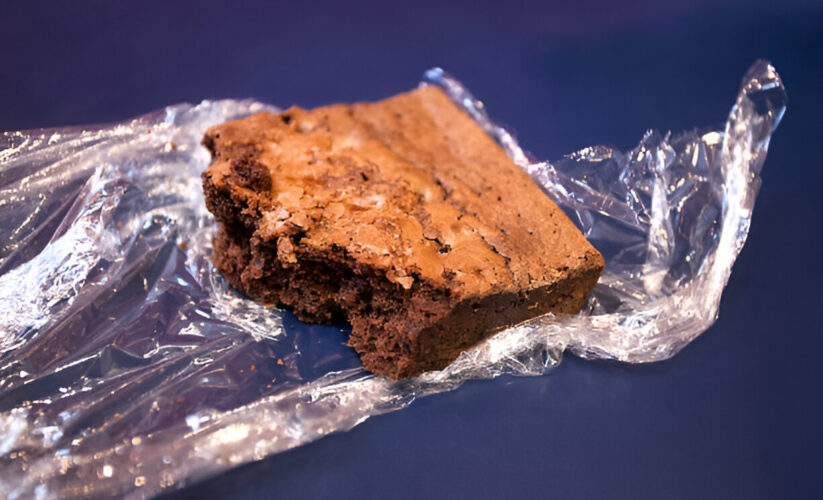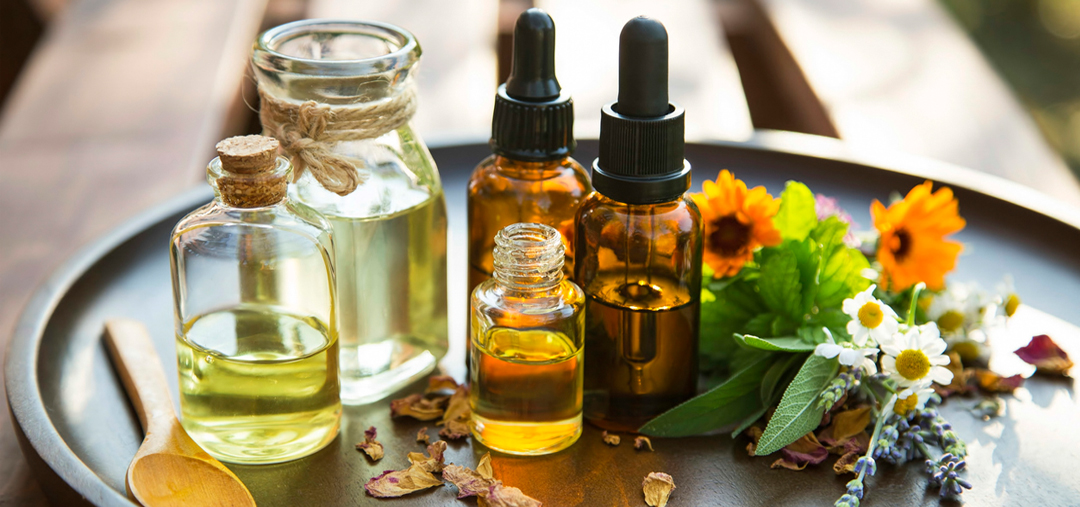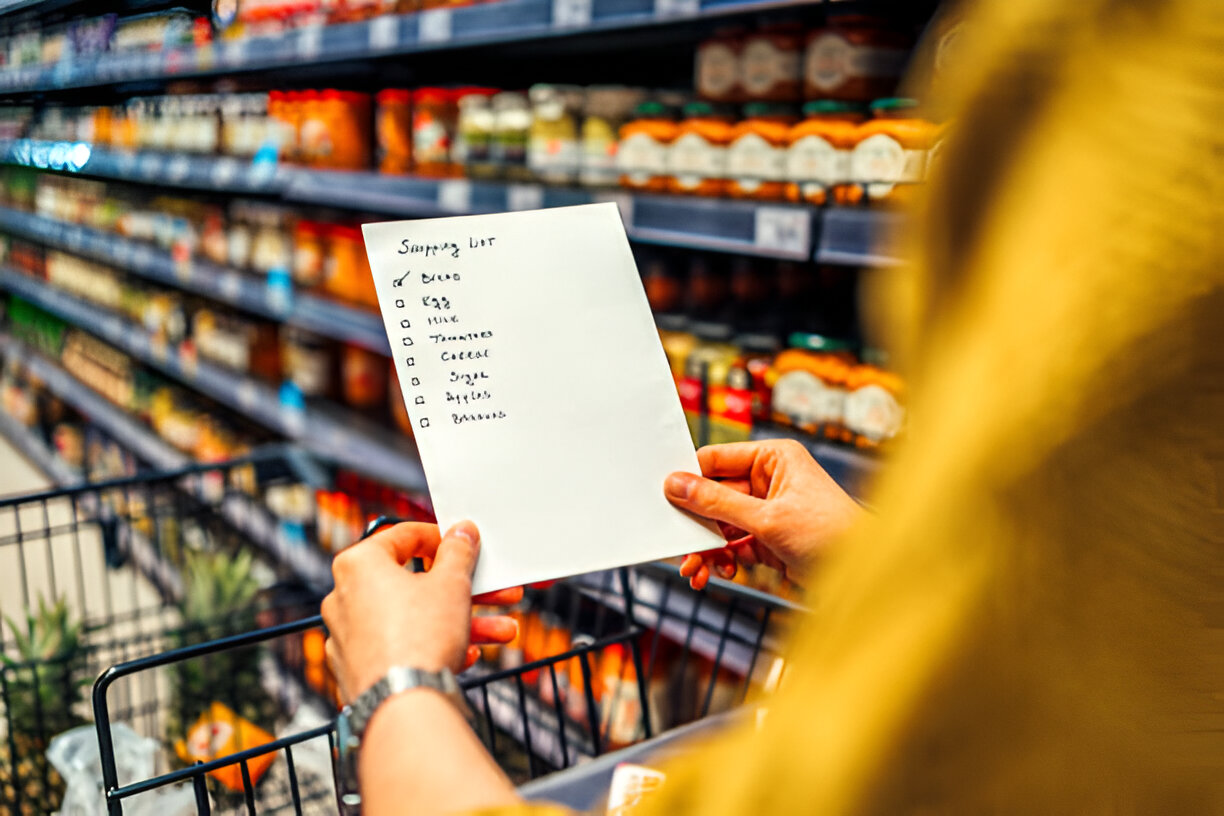

Rumors about plastic's detrimental impact on our health have circulated for decades. Though the FDA, CDC, and other official agencies issue periodic reassurances, other experts believe that this miracle of modern alchemy may be lacing our food with chemicals. But you don't have to forgo all your wraps and containers just yet. By learning the ground rules for different types of plastic, you can strike a reasonable balance between convenience and caution.
The FDA keeps close tabs on anything designed for contact with foods -- and it stands by the safety of approved plastic containers, saying they leach negligible amounts of chemicals when used for their express purposes. But what about that yogurt container you used for leftovers and then popped into the microwave for reheating? Since federal standards only address how plastic performs during its "intended use," those of us trying to do the green thing by reusing plastics could be gambling with our health.
Stepping outside the bounds of intended use, we risk heightened exposure to preservatives and other additives. While studies are mixed as to how much of these chemicals we can tolerate, research does confirm at least three things: First, certain types of plastic contain dangerous compounds, including carcinogens and hormone imitators, substances that the body can mistake for estrogen; second, overheating or overusing plastic food containers may cause some of these compounds to "migrate" into food; and third, heat from microwaving or dishwashing and high levels of fat in foods like meat and cheese can expedite this migration.
In the case of polycarbonate, polystyrene, and polyvinyl chloride (plastics often used to make certain cling wrap, takeout, and durable food storage containers), even low-level migration of their chemicals may damage hormone and gene function over time. Studies have yet to prove that concentrations found in food pose a threat to humans, but the basic building blocks of these plastics include known human carcinogens and substances harmful to the reproductive system. Other plastics, such as polyethelenes (used to make some cling wraps and containers as well as zippered bags), contain fewer additives and less toxic ingredients. Optimal safety requires that you abide by manufacturer instructions and, in some cases, take a few additional precautions to minimize your exposure. With a little food-storage know-how, you can easily spot the best -- and the safest-plastic for the job.
First Published: March 2007














